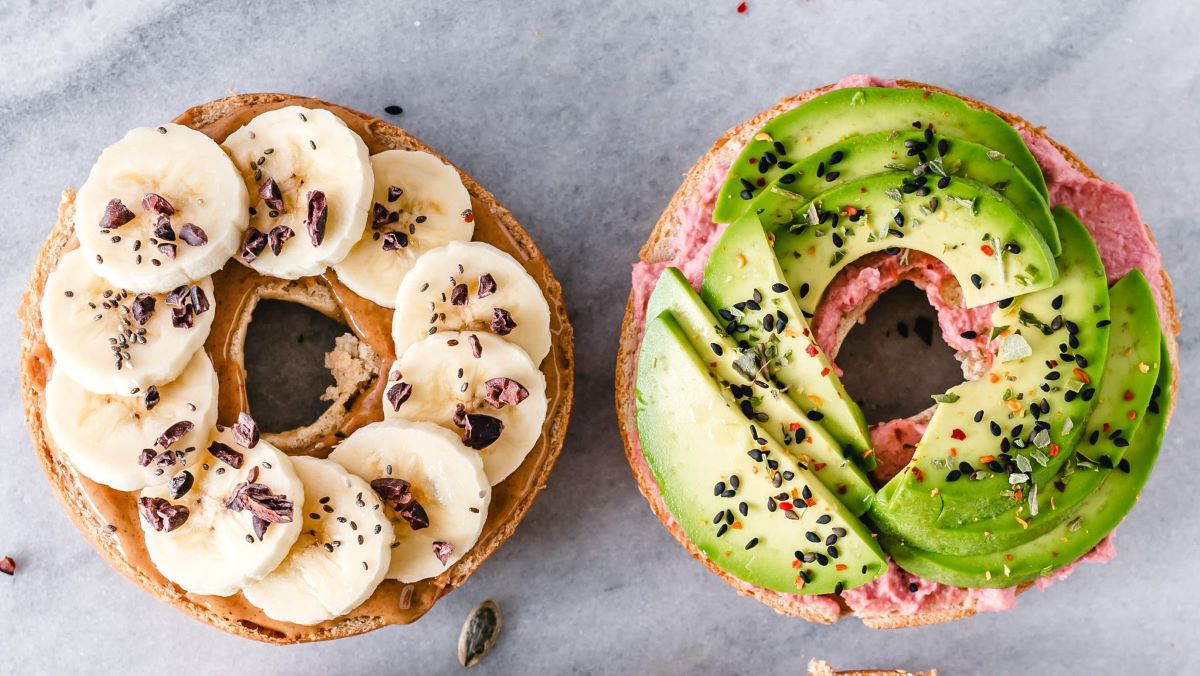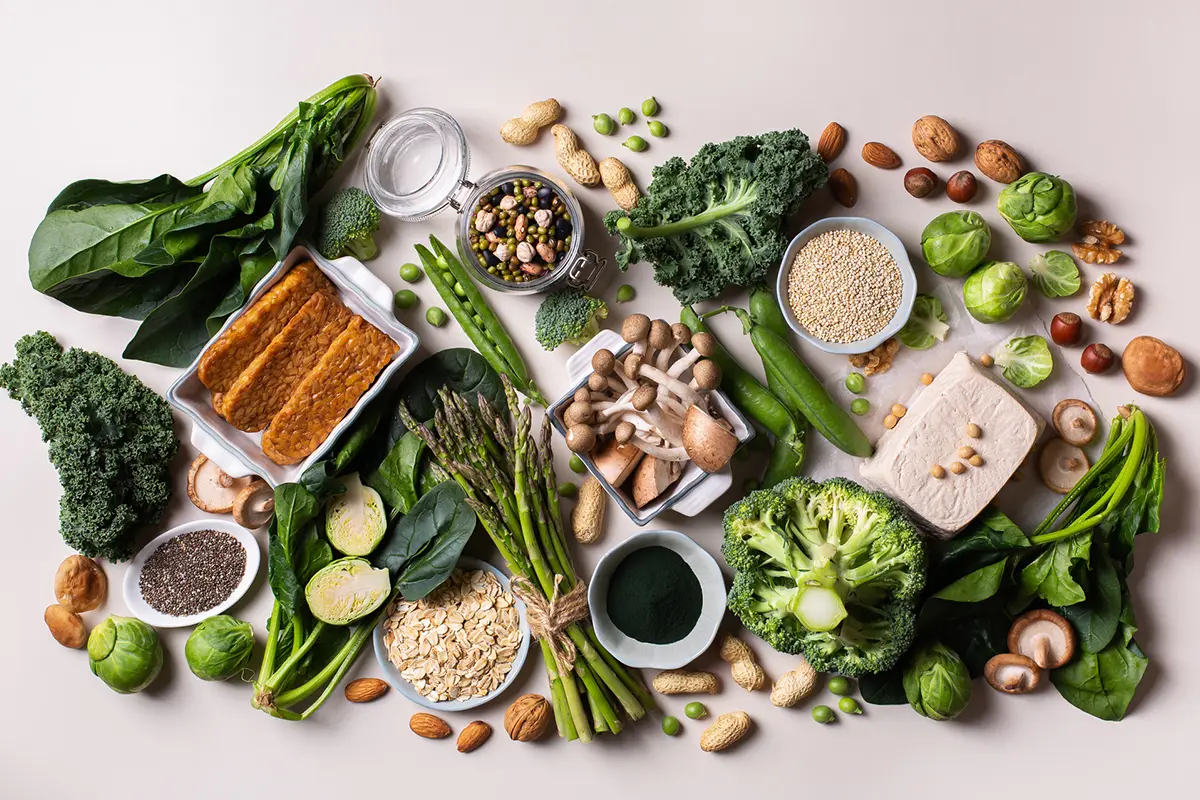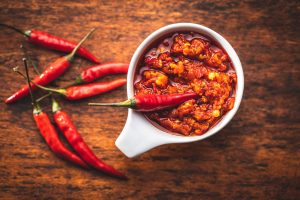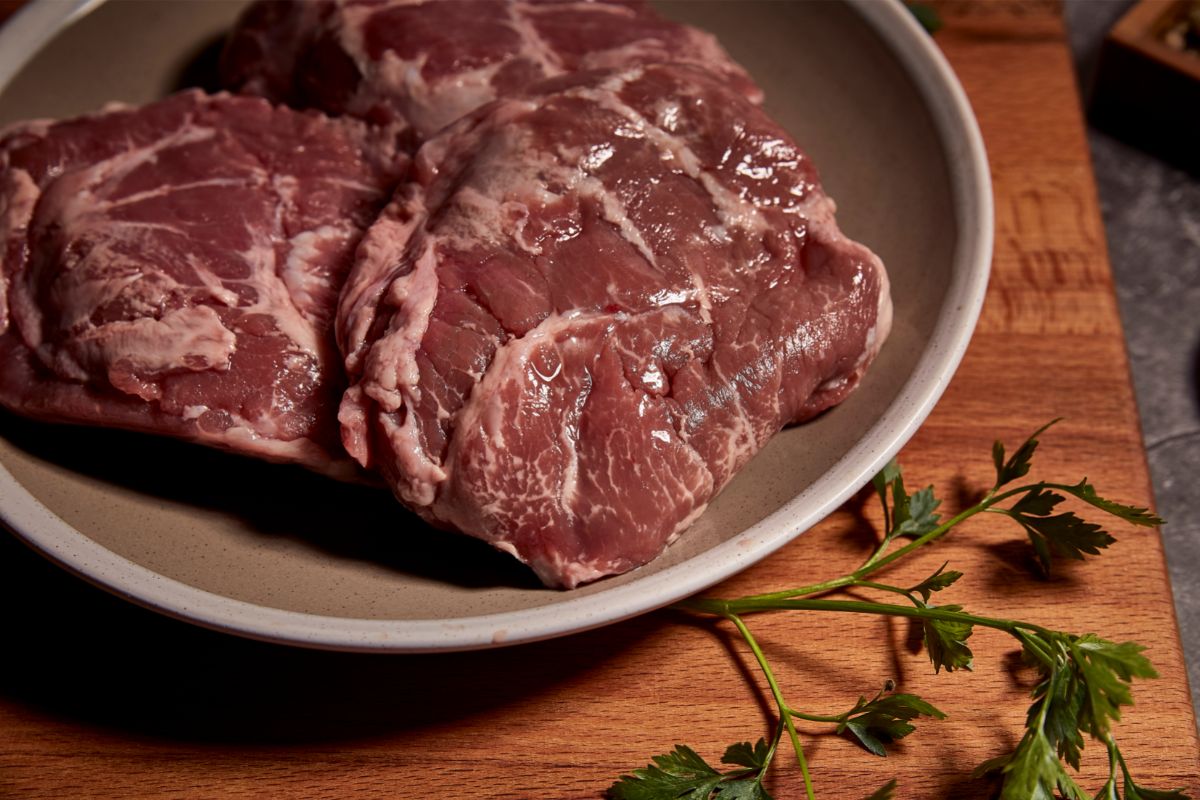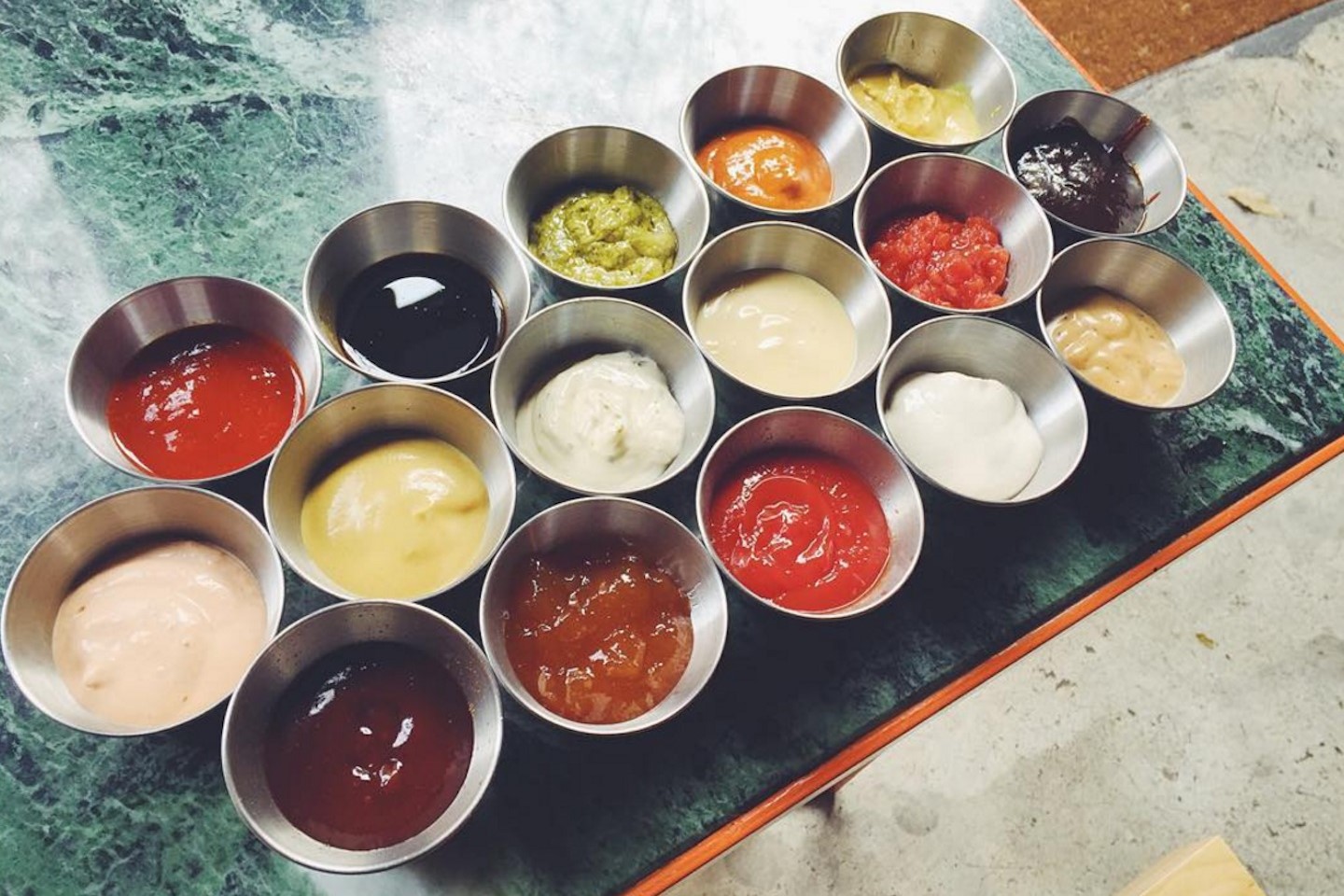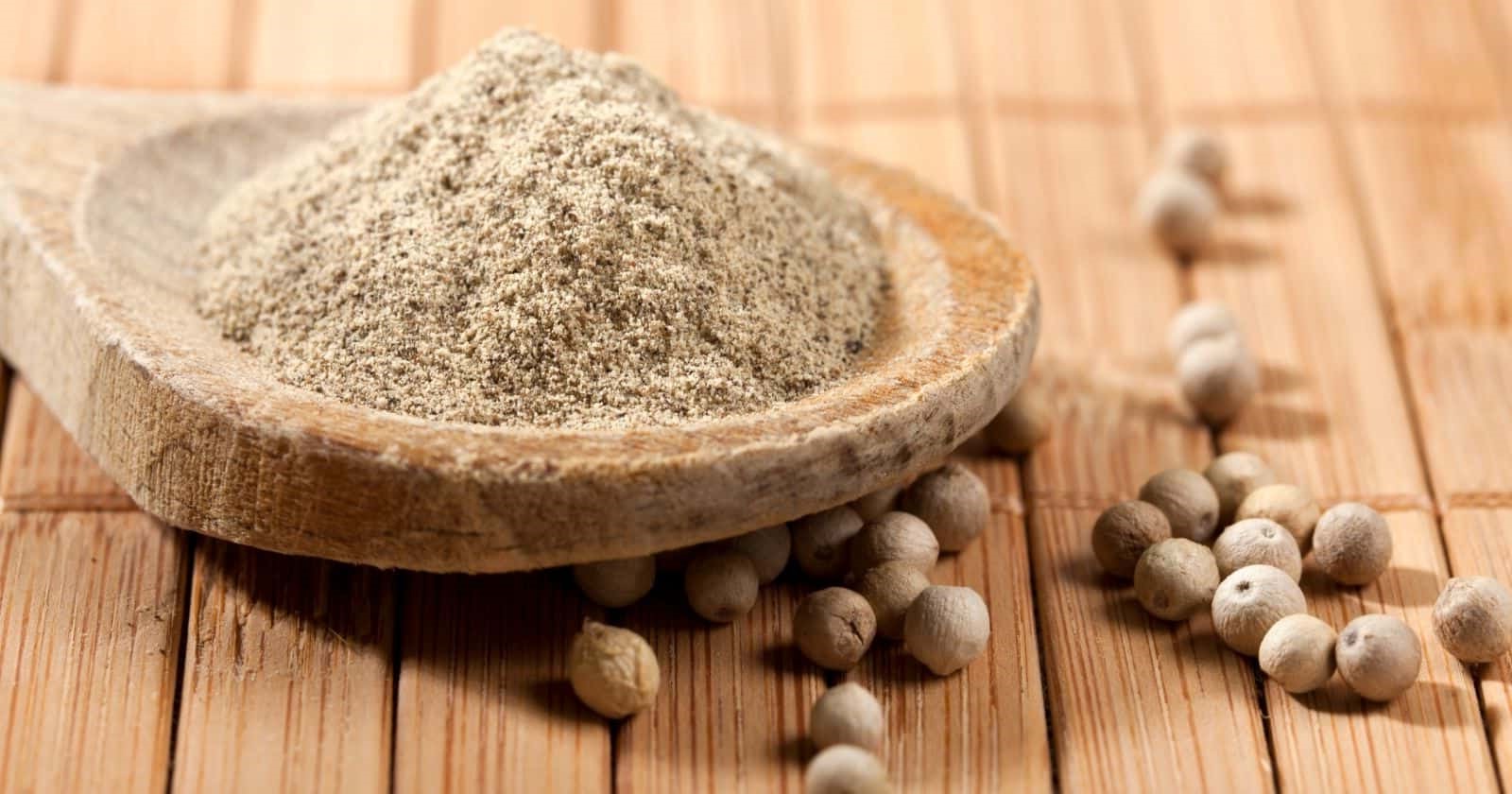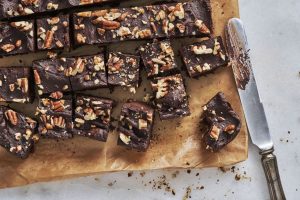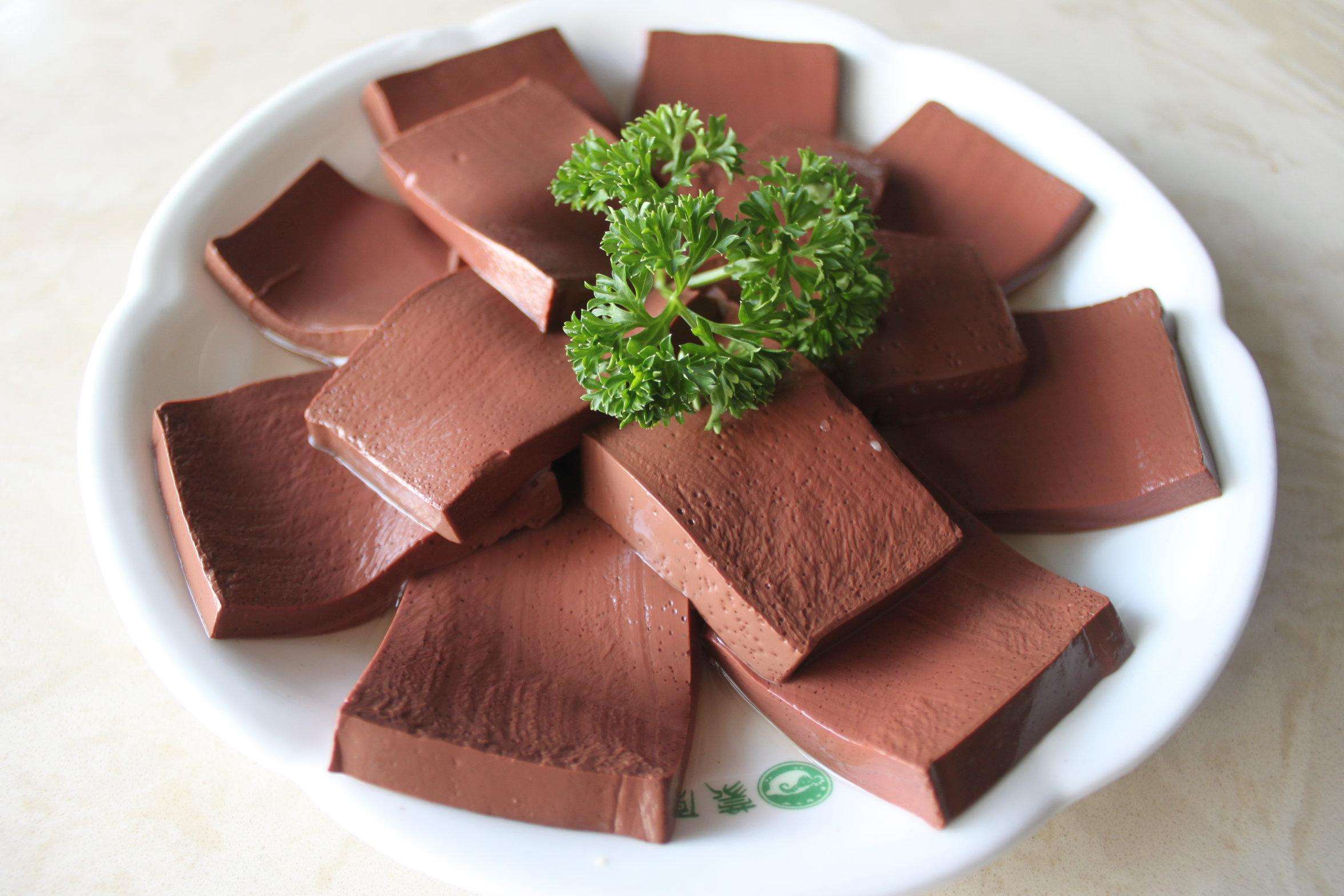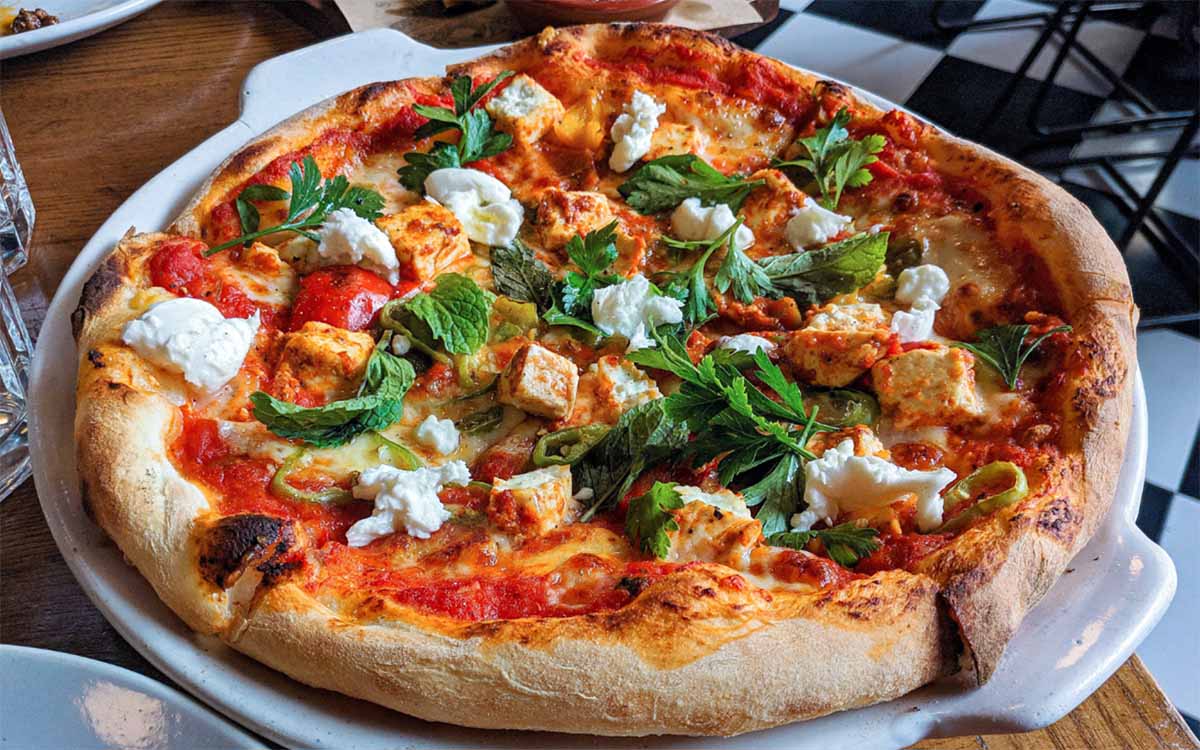Running a marathon requires more than just physical training; it demands proper nutrition. Carb-loading, or carbohydrate loading, is a common practice among runners to boost energy levels before the big race. Different cultures have unique ways of preparing for this endurance event. From Italy's pasta feasts to Japan's rice dishes, each tradition offers a glimpse into how athletes around the world fuel up. Understanding these global practices can provide new ideas for your own pre-race meals. Let's explore some of the most interesting carb-loading traditions from various countries and see how they help runners achieve their best performance.
Essential Ingredients for Your Dish
Italian Pasta Party
- Spaghetti
- Marinara sauce
- Parmesan cheese
- Garlic bread
- Caesar salad
Japanese Rice Feast
- Steamed rice
- Teriyaki chicken
- Miso soup
- Edamame
- Pickled vegetables
Mexican Fiesta
- Corn tortillas
- Grilled chicken
- Black beans
- Salsa
- Guacamole
French Baguette Bonanza
- Fresh baguettes
- Brie cheese
- Roasted chicken
- Ratatouille
- Green salad
American Pancake Breakfast
- Pancake mix
- Maple syrup
- Scrambled eggs
- Bacon
- Fresh fruit
Indian Carb Carnival
- Basmati rice
- Chicken tikka masala
- Naan bread
- Lentil dal
- Cucumber raita
Necessary Tools for Preparing Exploring Global Pre-Marathon Carb-Loading Traditions
- Large Pot for boiling pasta or grains
- Rice Cooker for perfectly cooked rice
- Baking Sheet for roasting vegetables
- Measuring Cups and Spoons for accurate ingredient portions
- Blender for smoothies or purees
- Mixing Bowls of various sizes
- Wooden Spoon for stirring
- Colander for draining pasta or washing grains
- Sharp Chef's Knife for chopping vegetables
- Peeler for vegetables
- Cutting Board preferably one for produce and another for breads
- Spatula for flipping pancakes or vegetables
- Grater for cheese or vegetables
- Kitchen Scale for precise ingredient measurement
- Timer to keep track of cooking times
Pre-marathon carb-loading varies worldwide: Italians favor pasta, Kenyans opt for ugali, a dense cornmeal dish, while Japanese runners prefer rice-based meals, showcasing diverse energy sources for endurance.
The Importance of This Process
Carb-loading helps runners store glycogen in muscles, providing energy during long races. This practice boosts endurance and delays fatigue. Different cultures have unique carb-rich traditions, from Italian pasta to Japanese rice. These meals ensure athletes have enough fuel for the marathon ahead, making them a crucial part of race preparation.
Step-by-Step Instructions for Exploring Global Pre-Marathon Carb-Loading Traditions
Exploring Global Pre-Marathon Carb-Loading Traditions
Italy: Pasta Party
- Choose a variety of pasta: Spaghetti, penne, or fettuccine.
- Prepare a simple sauce: Tomato-based or olive oil with garlic.
- Add lean protein: Grilled chicken or turkey.
- Include vegetables: Spinach, tomatoes, or bell peppers.
- Serve with bread: Whole grain or ciabatta.
Japan: Rice and Fish
- Cook white rice: Use a rice cooker or stovetop.
- Prepare fish: Grilled salmon or tuna.
- Add vegetables: Steamed broccoli or carrots.
- Include miso soup: Miso paste, tofu, and seaweed.
- Serve with pickles: Pickled ginger or radish.
Mexico: Burrito Bowl
- Cook rice: Brown or white.
- Prepare beans: Black or pinto.
- Add lean protein: Grilled chicken or beef.
- Include vegetables: Corn, tomatoes, and lettuce.
- Top with salsa: Tomato-based or mango.
India: Lentil Curry
- Cook lentils: Red or green.
- Prepare curry sauce: Tomato, onion, and spices.
- Add vegetables: Spinach, potatoes, or cauliflower.
- Serve with rice: Basmati or jasmine.
- Include naan bread: Whole wheat or garlic.
Greece: Mediterranean Feast
- Prepare pita bread: Whole wheat or white.
- Cook quinoa: Use a rice cooker or stovetop.
- Add lean protein: Grilled chicken or lamb.
- Include vegetables: Cucumbers, tomatoes, and olives.
- Top with tzatziki: Yogurt, cucumber, and garlic.
Ethiopia: Injera and Stew
- Prepare injera: Teff flour and water.
- Cook stew: Lentils, tomatoes, and spices.
- Add vegetables: Spinach, carrots, or potatoes.
- Include lean protein: Chicken or beef.
- Serve with salad: Lettuce, tomatoes, and onions.
Thailand: Noodle Soup
- Choose noodles: Rice or egg.
- Prepare broth: Chicken or vegetable.
- Add lean protein: Chicken or tofu.
- Include vegetables: Bok choy, carrots, and mushrooms.
- Top with herbs: Cilantro, basil, and lime.
France: Baguette and Cheese
- Choose a baguette: Whole grain or white.
- Select cheeses: Brie, Camembert, or Gruyère.
- Add lean protein: Turkey or ham.
- Include fruits: Grapes, apples, or pears.
- Serve with salad: Mixed greens and vinaigrette.
Brazil: Feijoada
- Cook black beans: Use a pressure cooker or stovetop.
- Prepare rice: White or brown.
- Add lean protein: Pork or beef.
- Include vegetables: Collard greens or kale.
- Serve with orange slices: Fresh and juicy.
Germany: Potato Salad
- Cook potatoes: Boil until tender.
- Prepare dressing: Vinegar, oil, and mustard.
- Add lean protein: Sausages or chicken.
- Include vegetables: Onions, pickles, and chives.
- Serve with bread: Rye or whole grain.
Fueling Up for the Big Race
Carb-loading traditions from around the world offer a fascinating glimpse into how different cultures prepare for marathons. From Italy's pasta feasts to Japan's rice dishes, each tradition highlights the importance of carbohydrates in fueling the body for long-distance running. These practices not only provide the necessary energy but also bring communities together, creating a sense of camaraderie and shared purpose.
Understanding these global traditions can inspire runners to experiment with their own pre-race meals, finding what works best for their bodies. Whether you stick to your usual routine or try something new, the key is to ensure your body is well-fueled and ready to tackle the marathon ahead. So, as you lace up your running shoes and prepare for race day, remember the rich tapestry of traditions that runners worldwide rely on to cross the finish line strong.
Common Questions About Exploring Global Pre-Marathon Carb-Loading Traditions
What exactly is carb-loading and why do runners do it before a marathon?
Carb-loading, or carbohydrate loading, is a strategy used by endurance athletes to maximize the storage of glycogen in muscles and liver. This extra energy reserve is crucial during long-distance events like marathons, helping runners maintain their pace and overall performance. Essentially, it's like filling up your car's gas tank before a long trip.
How do athletes from different countries approach carb-loading?
Runners around the globe have unique traditions and favorite dishes for carb-loading. For instance, in Italy, pasta parties are a common sight before race day, offering a delicious way to stock up on carbs. Meanwhile, in Japan, many prefer a bowl of udon or soba noodles. These diverse practices highlight the universal importance of carb-loading but also showcase regional culinary preferences.
Can carb-loading make a significant difference in marathon performance?
Absolutely! Proper carb-loading can significantly impact an athlete's endurance and stamina during a marathon. By increasing glycogen stores, runners can delay the onset of fatigue, allowing them to sustain higher speeds for longer periods. It's not a magic bullet, but when combined with proper training and hydration, it's a game-changer.
What's a popular carb-loading meal in the United States?
In the United States, spaghetti with marinara sauce is a go-to carb-loading meal among runners. It's simple, effective, and a comforting pre-race tradition for many. This dish provides a hefty dose of carbohydrates, is easy on the stomach, and is also relatively low in fiber to avoid any gastrointestinal issues on race day.
Is carb-loading suitable for all runners?
Carb-loading isn't one-size-fits-all. While it's beneficial for those participating in long-distance events, athletes competing in shorter distances might not need to carb-load to the same extent. It's also important for runners to experiment with carb-loading strategies during their training to see what works best for their bodies and avoids any race-day surprises.
How long before a marathon should runners start carb-loading?
Runners should start carb-loading two to three days before the marathon. This period allows enough time to maximize glycogen stores without feeling sluggish or overly full on race day. During these days, increasing carbohydrate intake gradually while tapering off intense training helps the body prepare for the endurance challenge ahead.
Are there any risks associated with carb-loading?
While carb-loading is generally safe, overdoing it can lead to discomfort, bloating, or even weight gain, which might affect performance. It's crucial to increase carb intake sensibly and to choose foods that are well-tolerated. Consulting with a sports nutritionist can also provide personalized guidance to avoid any potential pitfalls.
